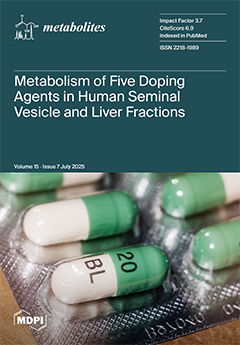Background/Objectives: Epicardial adipose tissue (EAT) is metabolically active and is in dynamic crosstalk with the surrounding cardiomyocytes, modulating their function and metabolism. Oxidative stress is a key contributor to cell death and cardiac remodeling, is a hallmark of diabetes (DM) and cardiovascular disease, such as coronary artery disease (CAD). However, little is known about these processes in EAT from patients undergoing cardiac surgery. This study investigates changes in mitochondrial dynamics, reactive oxygen species (ROS) production, and antioxidant defense levels in EAT compared to subcutaneous adipose tissue (SAT) in patients undergoing cardiac surgery, with a focus on the impact of DM and CAD.
Methods: Adipose tissue biopsies were collected from 128 patients undergoing surgical cardiac intervention. Mitochondrial dynamics and oxidative stress markers were analyzed.
Results: EAT exhibited increased expression of mitochondrial fusion markers [mitofusin 1 (
p ≤ 0.001), mitofusin 2 (
p = 0.038), and optic atrophy 1 (
p ≤ 0.001)], as well as fission markers [fission 1
(p ≤ 0.001) and dynamin-related protein 1 (
p ≤ 0.001)] relative to SAT. Additionally, ROS levels (dihydroethidium,
p = 0.004) were elevated, while lipid peroxidation (malondialdehyde,
p ≤ 0.001) was reduced in EAT compared to SAT. Reduced glutathione (GSH) levels (
p ≤ 0.001) and the redox buffer ratio between reduced and oxidized glutathione (GSH/GSSG,
p ≤ 0.001) were significantly increased in EAT. Interestingly, glutathione peroxidase activity (
p ≤ 0.001) and the antioxidant defense markers catalase (
p ≤ 0.001) and superoxide dismutase 2 (
p = 0.001) were significantly reduced in EAT compared to SAT.
Conclusions: The findings provide a unique molecular insight into the mitochondrial dynamics and oxidative stress profiles of EAT, highlighting potential avenues for a novel diagnostic method and therapeutic strategies for cardiac disease.
Full article






